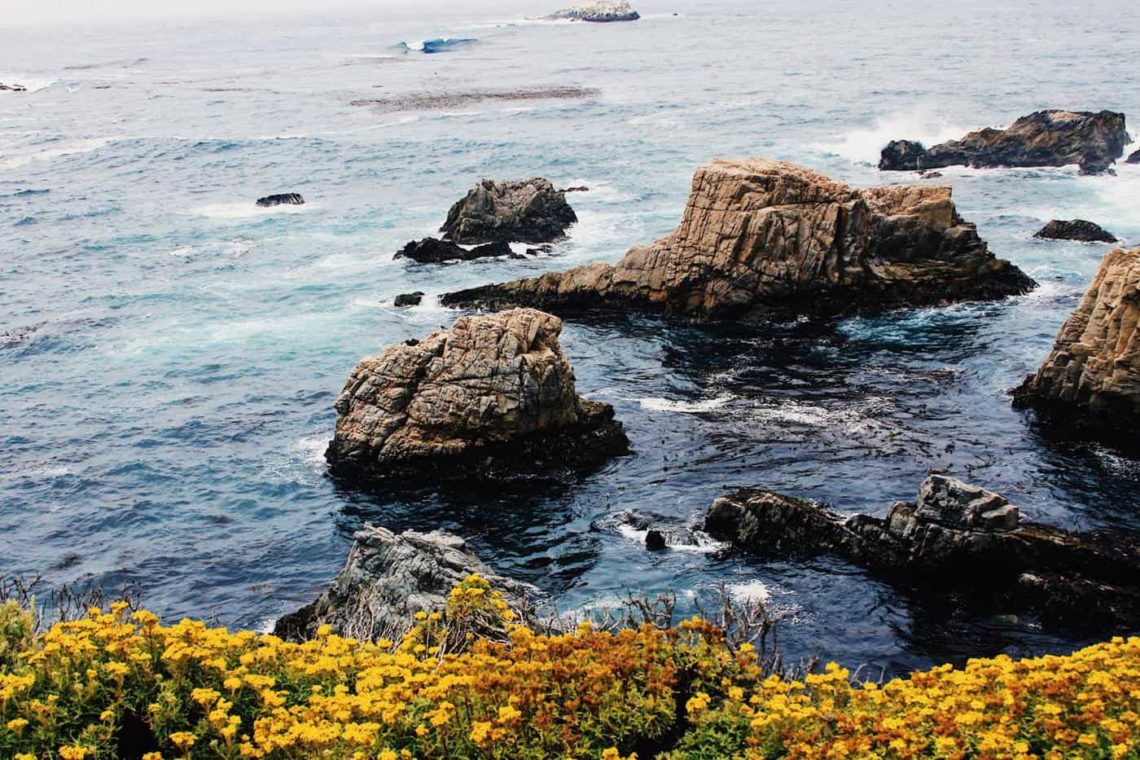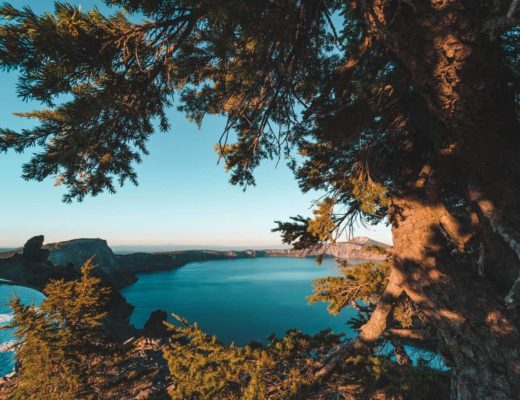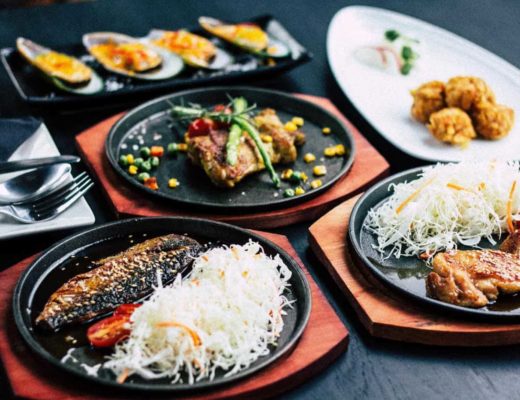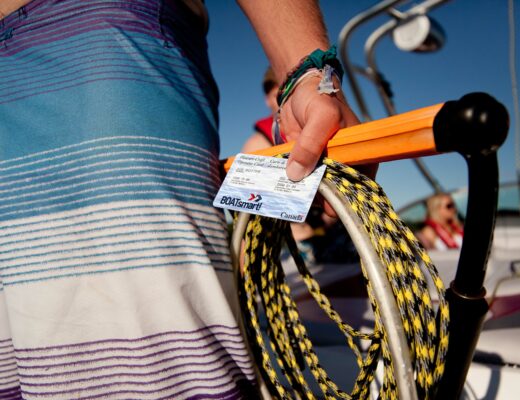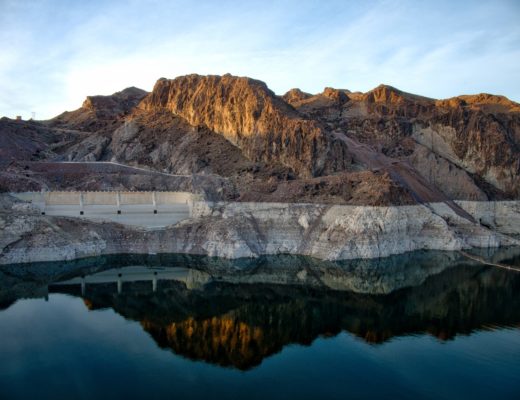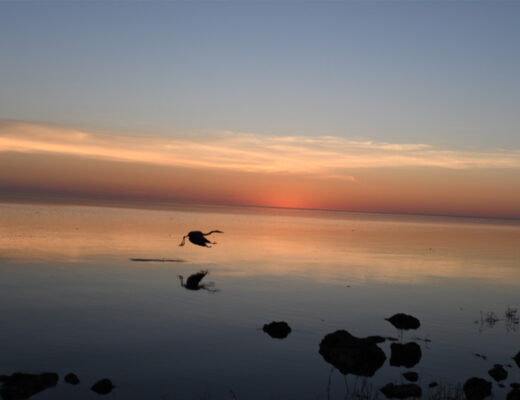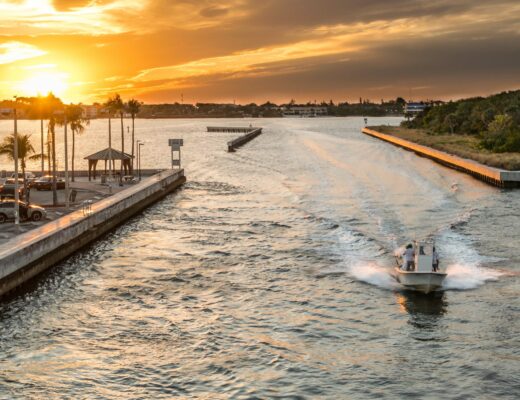Boating in the Yukon
Going boating in the Yukon? The Yukon is unlike any other place in the world. With friendly people and absolute wilderness, the Yukon attracts dedicated adventure lovers. This is due to its various attributes from the wild landscapes, to the unprecedented views of the Northern Lights. It also offers incredible access to the wildlife, and to culture and traditions. Another attribute offered by the territory are the opportunities for boaters and anglers. Here are a few recommendations if you’re going boating in the Yukon.
Yukon River
The Yukon River is the longest river in Yukon and Alaska and the third longest river in North America. It flows northwest from the Coastal Range mountains of northern British Columbia. Flowing through the Yukon Territory and Alaska to the Bering Sea, it is 3185 kilometres in length, with 1149 within Canadian borders.
Anthropologists believe that the river was used as an immigration route for North American’s first inhabitants. The river was used as a principle means of transportation during the Klondike Gold Rush. Paddle-wheel riverboats were visible on the river up until the 1950s.
The Yukon River is one of the most important salmon rivers in the world and each year supports Chinook salmon in its tributary creeks. The Whitehorse Fishway was build beside the dam at Whitehirse. It provides a channel for the salmon to migrate upstream.
Bennett Lake
Bennett Lake lies in the Southern Lake Region with one portion falling within the British Columbia border. The Lake is popular with visitors who enjoy recreational activities during the summer months. It provides fishing, boating sailing, canoeing, swimming, and hiking along the Chilkoot Trail. Fishing requires a fishing license in the Yukon Territory.
The lakes of the area created a reliable source of food and trade between early tribes with access to hunting and fishing spots. In the late 19th century the Cholkoot Trail was created and was used as the backpacking and canoe route. It was largely used by miners and prospectors during the Gold Rush.
Today Bennett Lake is one of the sightseeing destinations on one of the well-known White Pass & Yukon Route Railway. The railway route connects Skagway, Alaska with Carcross and Whitehorse, Yukon.
Mayo Lake
The mining town of Mayo, named after Captain Alfred S Mayo a founding member of the Yukon Order of Pioneers, is home to a population of around 450 and is located along the Silver Trail highway.
Mayo Lake is a popular recreation area that offers good swimming and boating in nearby lakes and hiking in the surrounding wilderness. It is the main service area for all travellers venturing up the Silver Trail.
Lake Laberge
Lake Laberge is a widening of the Yukon River north of Whitehorse and is 50 kilometres long and between two and five kilometres in width. The lake is named about Michel Laberge (1836-1909) a french-Canadian who explored the Yukon in 1866. Prospectors used the lake during the Gold Rush. The lake is often harsh with varying weather conditions and historically was known for holding into ice. In the early 20th century steamers would allow water to be surged from the dam to crack the lake surface or they would expel crankcase oil on the icy surface and allow it to heat in the sun.
Notable Fishing Spots
Braeburn Lake – from June to September you can find arctic grayling, lake trout, northern pike and whitefish. Enjoy the myriad island where you can keep an eye out for pike and lakers.
East Aishihik River – from May to June you can find arctic grayling and rainbow trout
Hidden Lakes – from May to September you can find kokanee and rainbow trout
Rancheria River – from July to October you can find arctic grayling and bull trout as you drift through the canyons
Takhini River – from June to September you can find arctic grayling and lake trout. This river offers amazing views and is excellent for beginnings.
